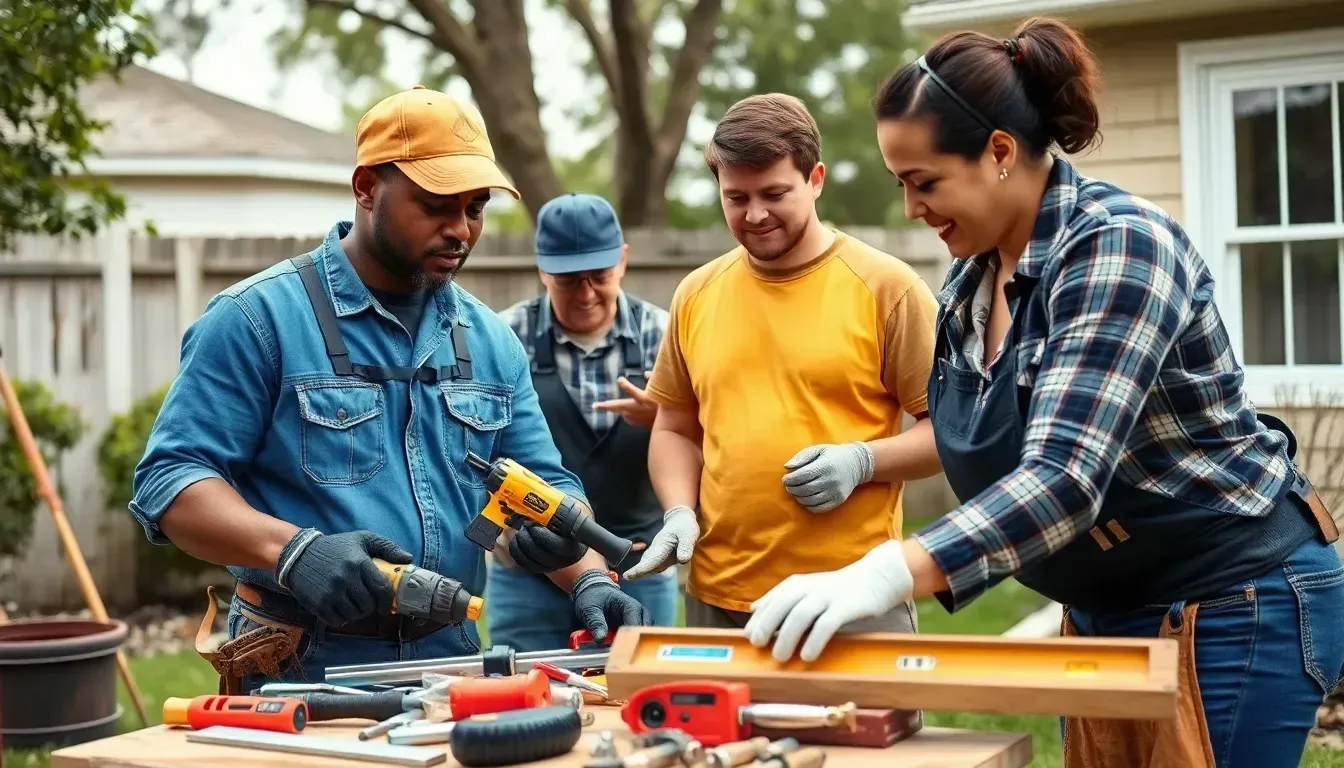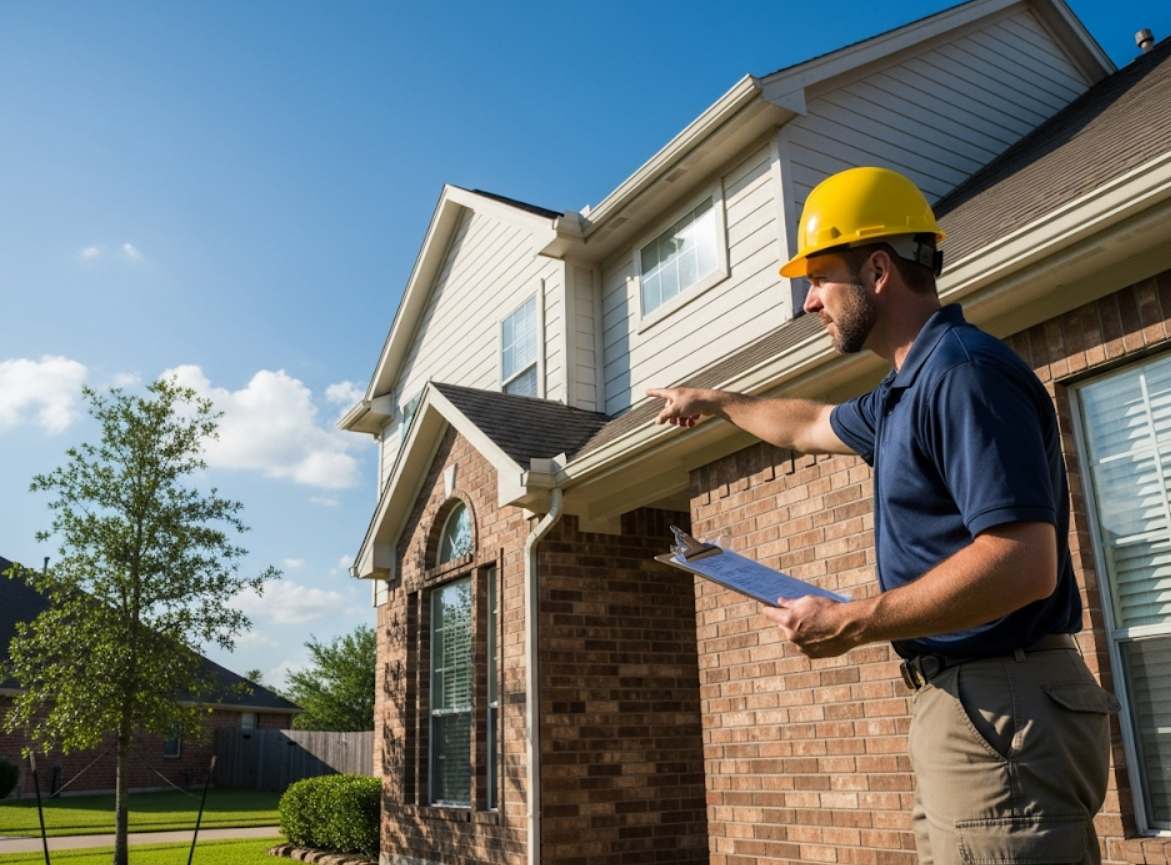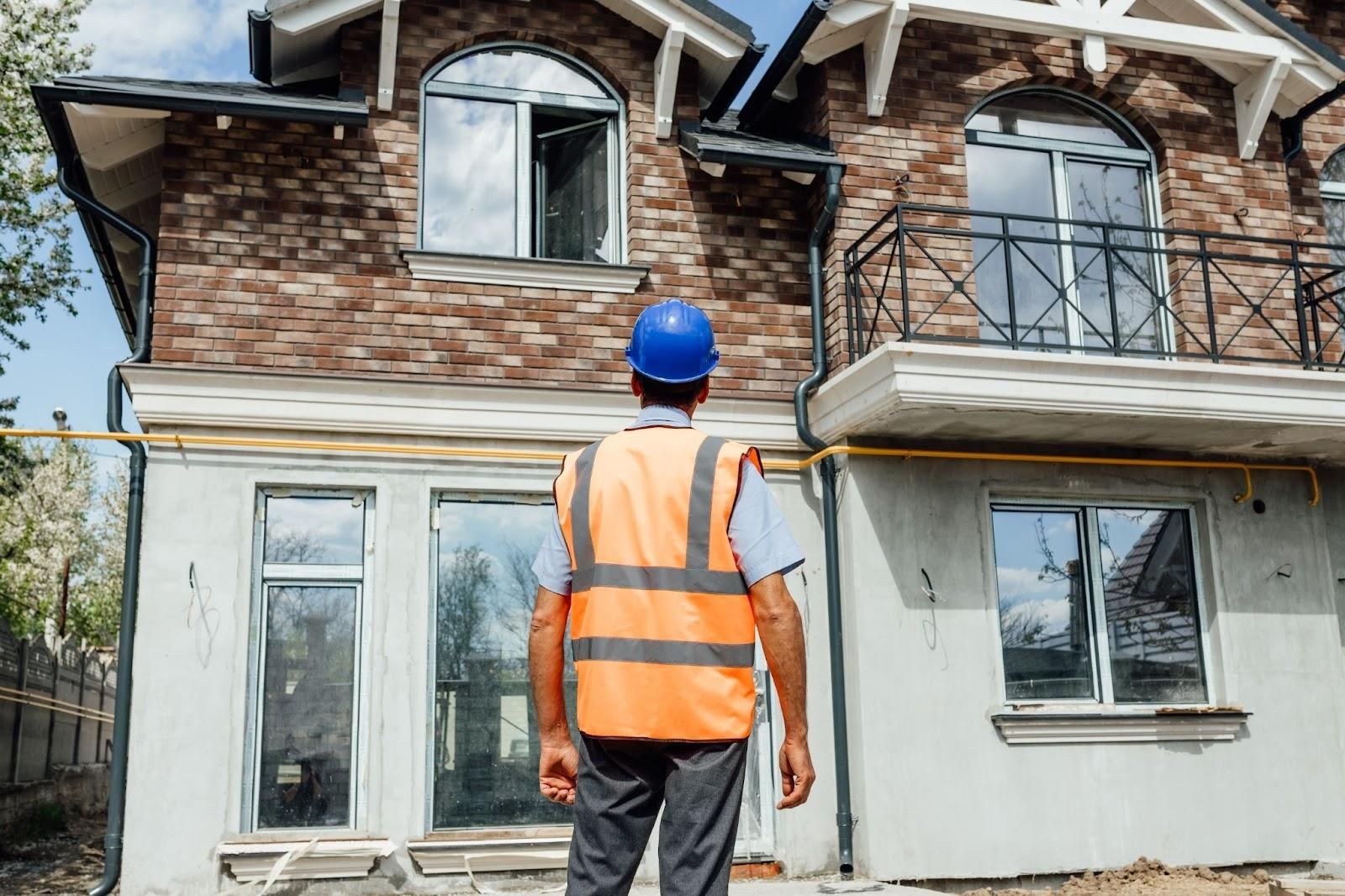Permits for Handyman Jobs: What You Need to Know Before Hiring
Wondering if the handyman you hire should have a permit? Valid concern. With varying regulations across states and municipalities, you may find yourself unsure about what projects need official approval. This uncertainty may lead to costly mistakes and delays, leaving you feeling overwhelmed.
But, not to worry; in this blog post, we give you all the answers you need to proceed with contracting a handyman with confidence.
What is a Permit?
A permit is a legal document authorized by governmental agencies that allows specific construction or repair work to proceed. These documents specify the scope of work and ensure adherence to safety standards and zoning laws. Permits typically apply to significant changes, such as electrical installations, plumbing updates, or structural modifications. Always verify local regulations to determine when a permit is necessary before proceeding with projects.
Why are Permits Important?
Permits play a crucial role in maintaining safety and compliance in construction and repair projects. They help protect property values, ensure that work meets established codes, and mitigate risks associated with unpermitted work.
Securing the appropriate permits can avoid fines, legal issues, and detrimental alterations that could lead to future complications. Relying on licensed professionals ensure that all work complies with necessary regulations.
Do Handyman Services Require a Permit?

General Guidelines
Handyman services typically require permits for significant structural changes, electrical work, or plumbing installations. Local regulations dictate whether a permit is necessary, emphasizing the importance of consulting your city or county’s building department. Contacting a licensed handyman will provide clarity on specific projects that comply with local codes.
Types of Work That May Require a Permit
Certain handyman tasks may necessitate permits, including:
- Electrical Work: Installations or changes to wiring systems.
- Plumbing: Modifications to water supply or drain systems.
- Structural Changes: Alterations to walls, doors, or windows.
- Major Renovations: Changes affecting safety, energy efficiency, or accessibility.
Understanding permit requirements ensures that home improvements adhere to safety standards, protecting property values and ensuring regulatory compliance.
Local Regulations and Variances

Local regulations determine the need for permits when employing handyman services, impacting tasks significantly. Understanding these regulations promotes compliance with safety standards and building codes.
Understanding Local Laws
Local laws regarding handyman services can vary widely by city and county. These laws dictate what constitutes a minor repair versus major work that requires a permit. Understanding local statutes ensures adherence to necessary regulations and can help avoid penalties. Licensing and permit requirements often stem from state guidelines or local ordinances, emphasizing the importance of consulting trusted sources.
How to Check Local Requirements
Homeowners can check local requirements for handyman services through several methods. Reviewing the local building department’s website provides specific guidelines for permit requirements. Contacting local officials directly also clarifies necessary documentation for various projects. Consulting licensed handyman professionals ensures compliance with local laws and helps navigate the permitting landscape effectively.
Conclusion
Navigating the complexities of handyman services and permit requirements is essential for homeowners. Understanding local regulations helps avoid unnecessary delays and fines. By working with licensed professionals who are familiar with these laws, homeowners can ensure their projects comply with safety standards and building codes.
This knowledge not only protects property values but also provides peace of mind during home improvement tasks. Whether it's a minor repair or a significant installation, recognizing when a permit is necessary is crucial. With the right guidance and expertise, homeowners can tackle their projects confidently and efficiently.
Frequently Asked Questions
What challenges do homeowners face with home repairs?
Homeowners often struggle with understanding the need for permits when hiring handyman services, which can vary by location. This uncertainty can result in mistakes and delays, adding stress to home repair projects.
Why are permits important for home repairs?
Permits are legal documents that ensure construction or repair work complies with local building codes and safety standards. Obtaining the right permits protects property values and helps avoid potential fines and legal issues associated with unpermitted work.
What types of tasks do handyman services cover?
Handyman services include a wide range of home repair and maintenance tasks like minor electrical work, plumbing repairs, carpentry, exterior maintenance, and furniture assembly. These services are crucial for quick fixes and ongoing preventive maintenance.
How can homeowners ensure they comply with local permit regulations?
Homeowners should check local building department websites, contact local officials, and consult licensed handyman professionals to understand specific permitting requirements for their projects. This helps avoid potential fines and ensures compliance with local laws.
When are permits typically required for handyman tasks?
Permits are usually needed for significant structural changes, electrical installations, plumbing updates, and other major repairs. Understanding local guidelines is crucial to determine which tasks require permits to ensure legal compliance.
How can hiring licensed professionals help with home repairs?
Licensed professionals are knowledgeable about local permitting requirements and can help streamline the process of obtaining necessary permits. This expertise ensures that home repair projects comply with safety regulations, reducing stress for homeowners.
What are the consequences of not obtaining necessary permits?
Failing to secure required permits can lead to fines, legal issues, and unsafe construction practices. It may also affect property value and complicate future real estate transactions, emphasizing the importance of compliance.











